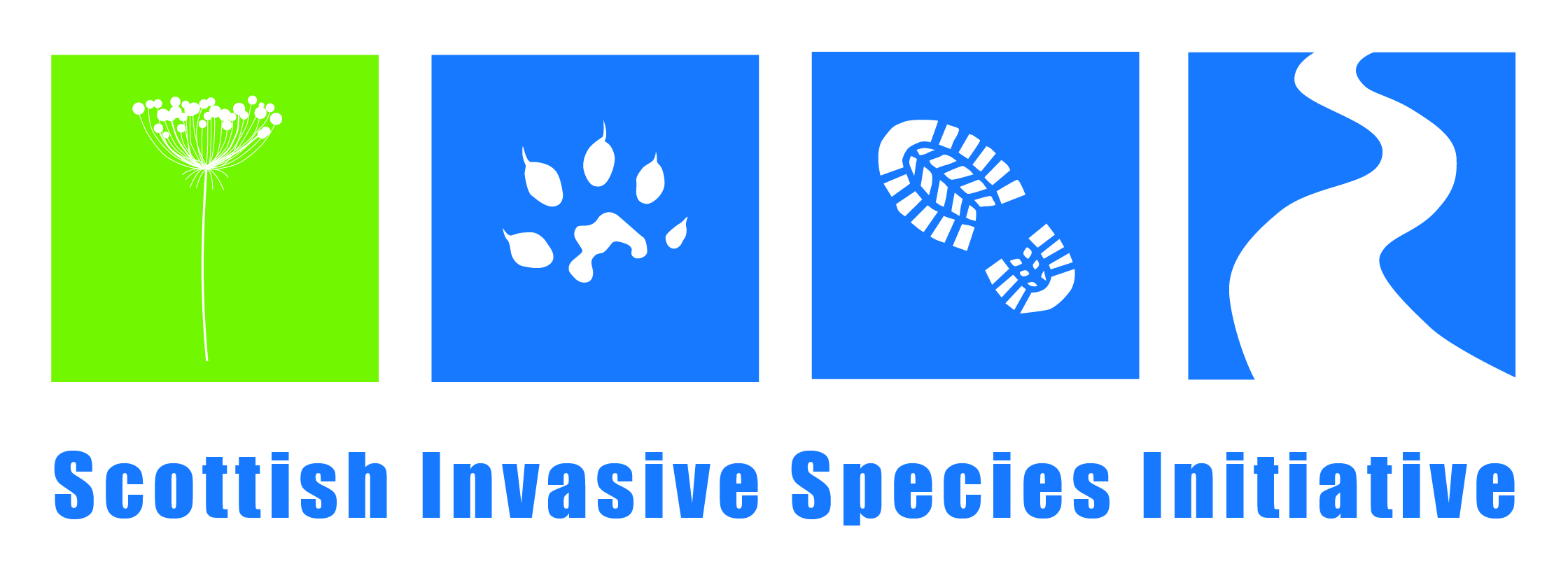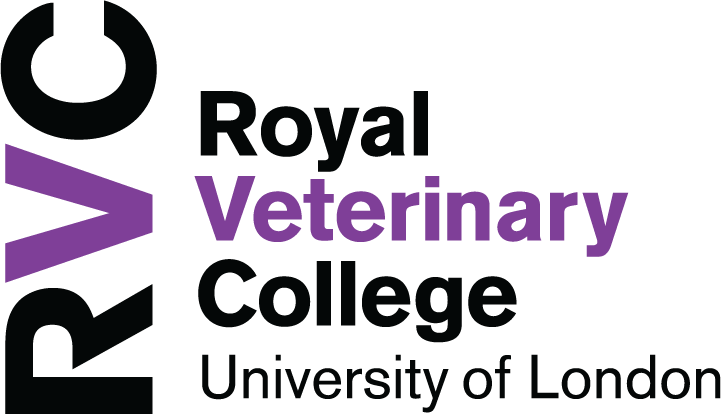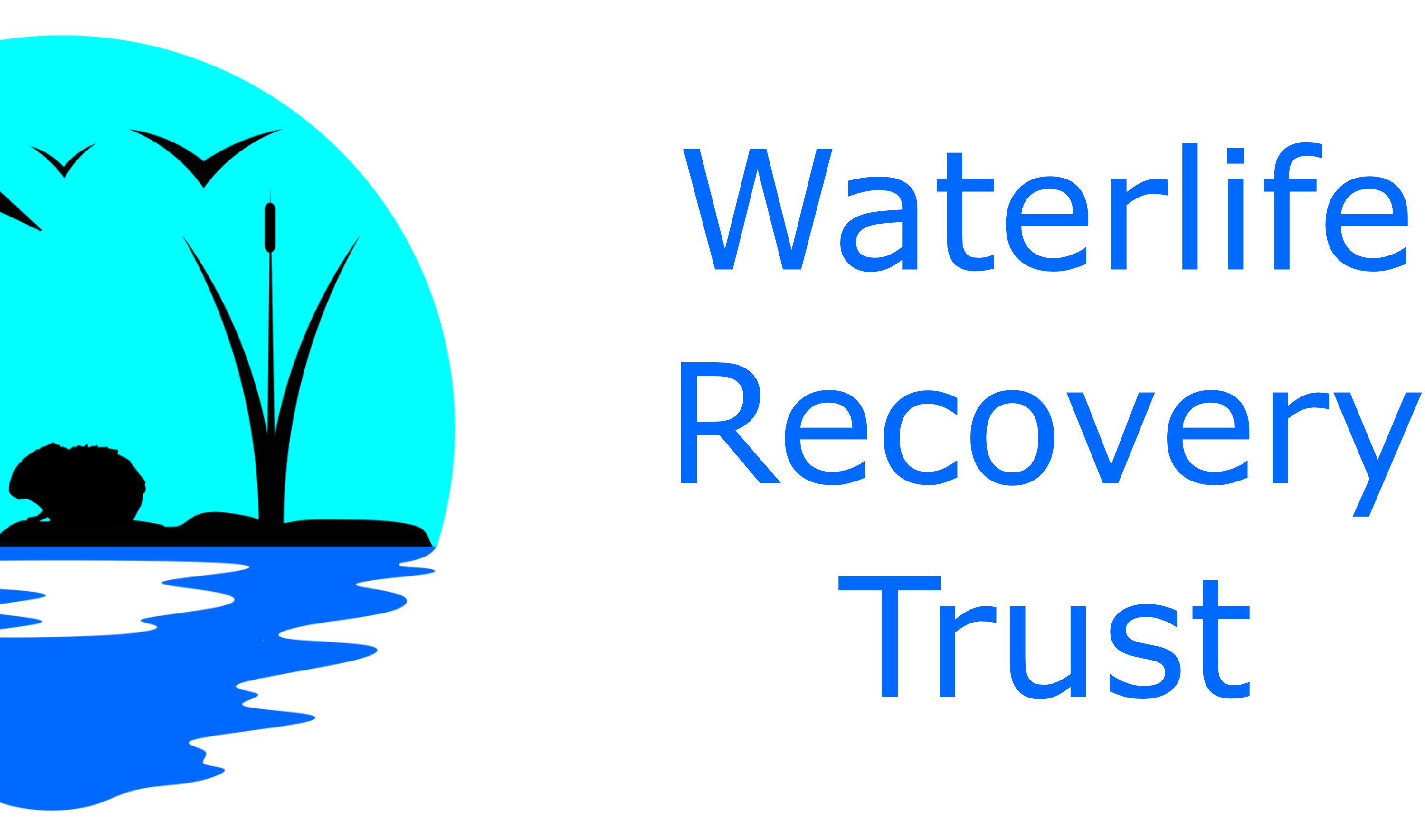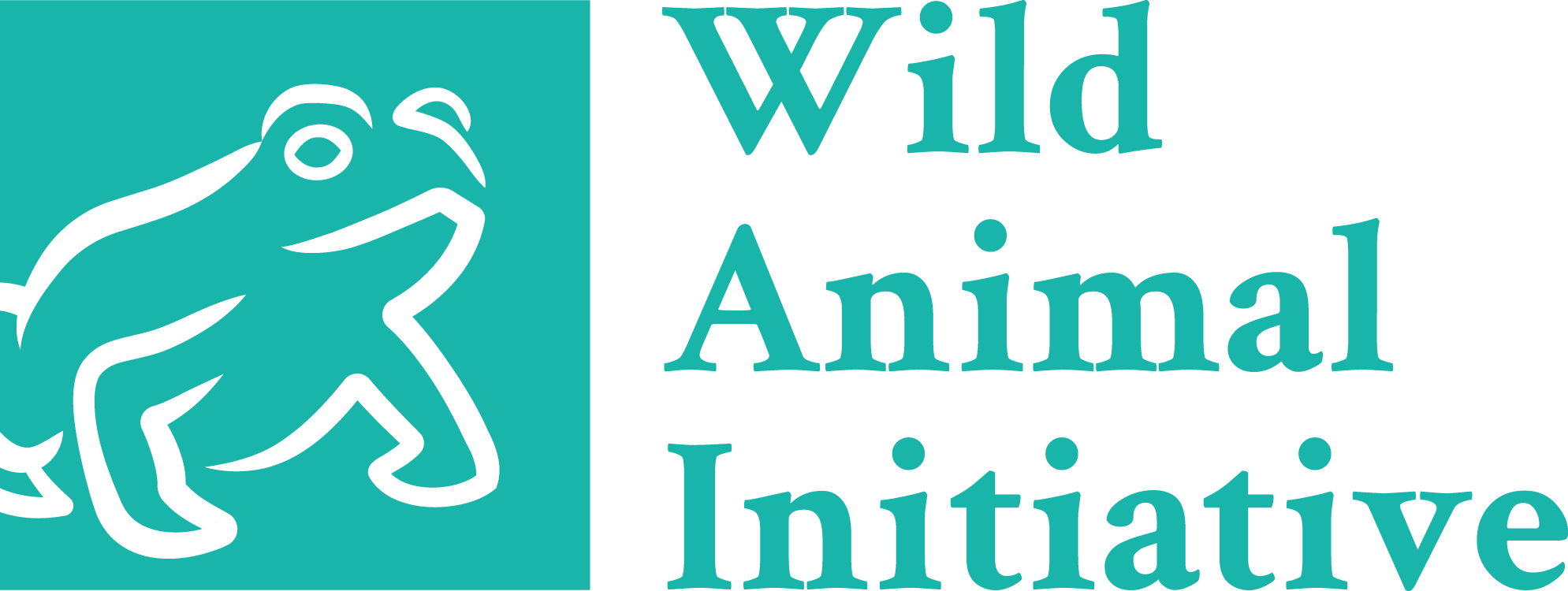Animal welfare, animal rights, and animal conservation are each centred around concern for animals. However, there are important differences in the primary focus of these distinct, but related, disciplines – animal welfare and animal rights focus on individuals, while animal conservation is concerned with populations or species – which can lead to conflict. Despite increasing focus on animal welfare (in many regions, and many areas of conservation practice) there is surprisingly little empirical data to help inform decision-making, policy creation, and conservation action.
CONSERVATION CONTEXT
Animal welfare (broadly, the physical and mental well-being of an animal) is relevant to conservation in different ways. In conservation practice (as in other fields), there is increasing demand for accountability, in terms of how we treat individual animals (including how we study them).
Beyond ‘best practice’ considerations, animal welfare, whilst important in its own right, also has considerable potential to contribute to conservation success. Species and populations are made up of individuals and therefore species well-being is not entirely separate from individual well-being. Anthropogenic threats to animal populations may also threaten the welfare of individual animals, and addressing these challenges may yield opportunities for synergy. In other cases, conservation actions and strategies can have negative impacts on animal welfare; for example, invasive species control, population management, and hunting and sustainable use to incentivise conservation. Measuring animal welfare is difficult because we cannot ask animals how they feel. We cannot directly quantify the animal welfare impacts (positive or negative) of human actions or readily assess the effectiveness of mitigation. At a fundamental level, the complexity of animal welfare can lead to misunderstanding and misperceptions amongst conservation researchers and practitioners.
Using a variety of different theoretical, desk-based, and empirical field and lab methods, our work aims to improve understanding and consideration of animal welfare within conservation research and practice, and to contribute to the evidence-base necessary to support the inclusion of animal welfare in conservation decision-making.
APPROACH
Empirical assessment of animal welfare: quantifying natural variation in stress levels
Using American mink and Eurasian otters in the UK as a model system, the aim of this project is to provide insight into variation in welfare in response to changes in intra- and inter-specific population density (two potential, common, stressors in natural systems). We are primarily using cortisol levels in hair (for mink) and its metabolites (GCM) in faecal samples (for otters) as a measure of stress in individuals living in different population density scenarios (including sites where one species occurs in the absence of the other), between southern England and Shetland. To aid interpretation of cortisol levels, and the stress response, with respect to welfare, we are aiming to compare cortisol levels in mink with alternative physical and/or behavioural indicators of welfare (e.g. body condition, vocalisations). Our results will show whether the welfare of mink is negatively impacted in the presence of high densities of otters, and whether both species’ welfare is compromised at relatively higher densities of conspecifics.
This is currently a two-year project (2023-2025) funded by the Wild Animal Initiative, in collaboration with the Royal Veterinary College, University of London. We hope to expand this work to different species in different environments to improve our understanding of variation in stress levels, and other welfare indicators, in order to provide a baseline upon which the impact of anthropogenic stressors can be assessed, inform interpretation of different welfare metrics in these (and related) species, and identify optimal non-invasive welfare measures for future studies of welfare in wild animals.
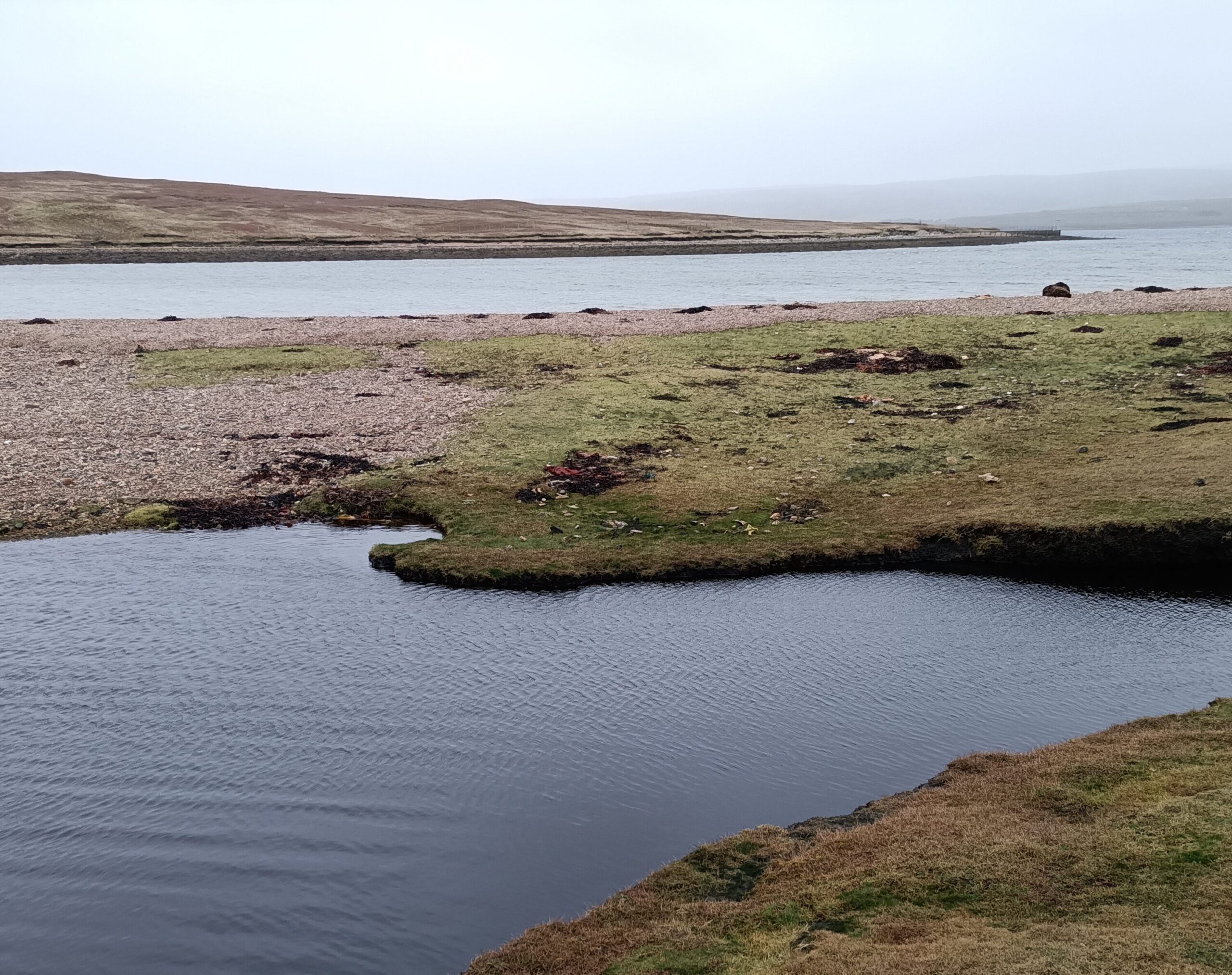
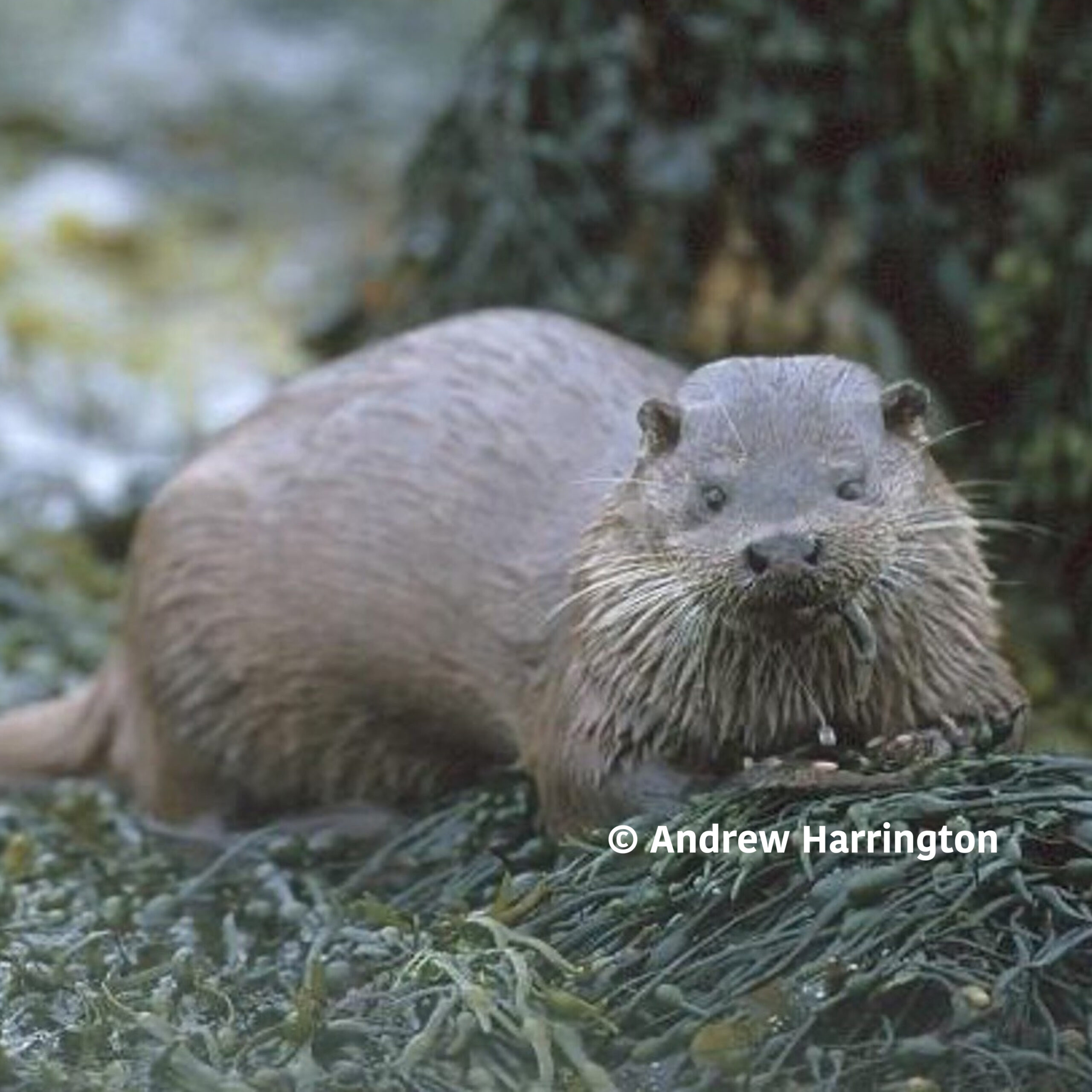
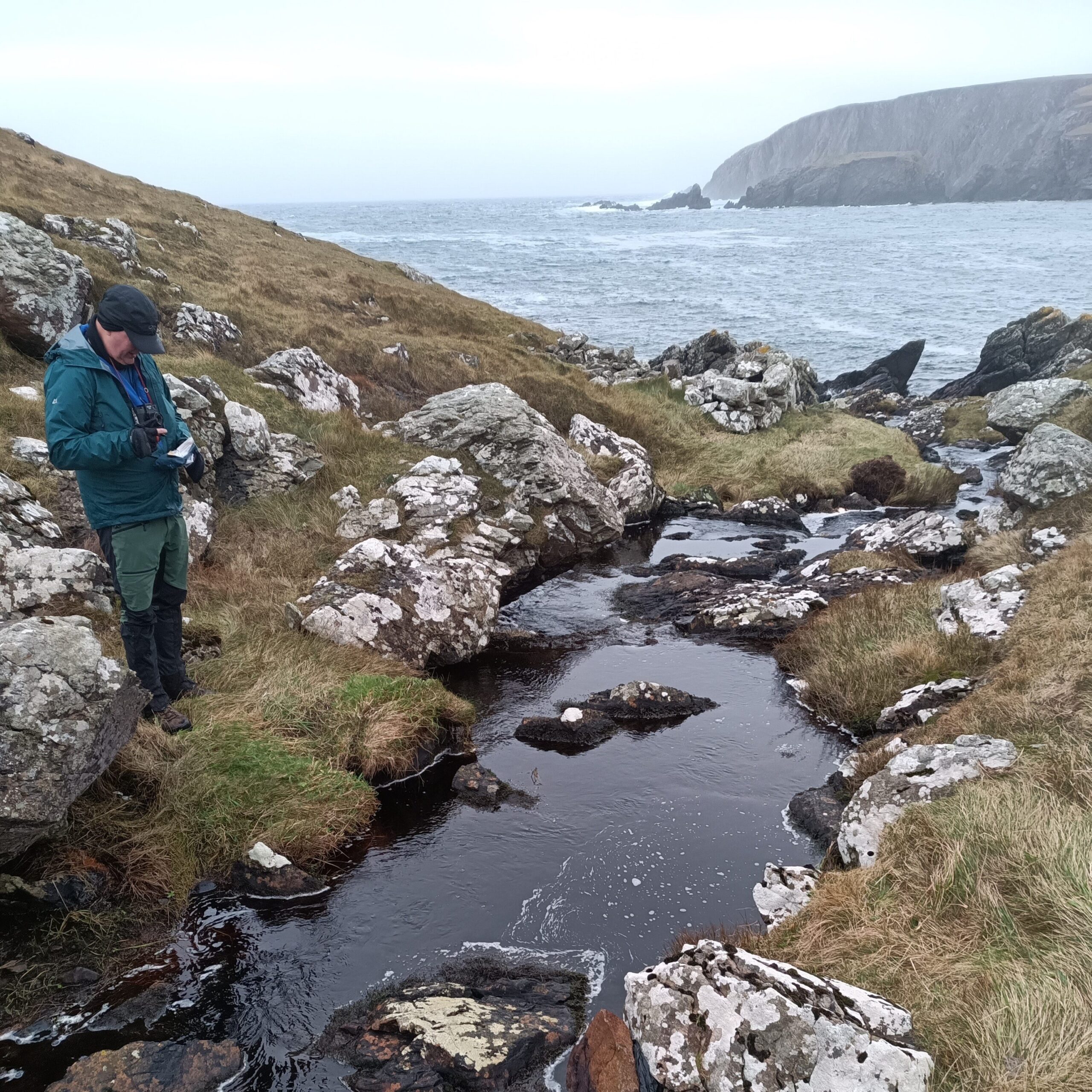
Wild animal deaths: assessing the relative welfare impacts of different ways of dying
Different mechanisms of death clearly have different welfare impacts and involve different levels of animal ‘suffering’; however, the specifics and magnitude of those impacts are rarely quantified. To assess the relative welfare impacts of different causes of death for wild animals, we are using the Sharp and Saunders model – this is an established expert-mediated approach, originally developed for assessing the relative humaneness of pest animal management interventions. Individual-level welfare assessments are then combined with data on the number of target and non-target animals affected, to provide population-level estimates of the relative scale of impact. Our focus currently is on African mammals (with lions, caracals, buffalo, and impala as model species) and on five anthropogenic deaths (snaring, poisoning, shooting with a gun, shooting with a bow, and spearing), and, for comparison, two natural types of death (starvation, and being killed by a predator/competitor). The Sharp and Saunders model was designed to promote consensus among stakeholders and as such will provide an evidence base for ongoing (often contentious) public and political discourse around the conservation of African mammals. This will be relevant to many conservation topics, within and beyond Africa, not least the hotly contested topic of the costs and benefits associated with trophy hunting.
This work is funded by Jamma International, and carried out in collaboration with a team from the African Leadership University and a number of external expert animal welfare assessors.
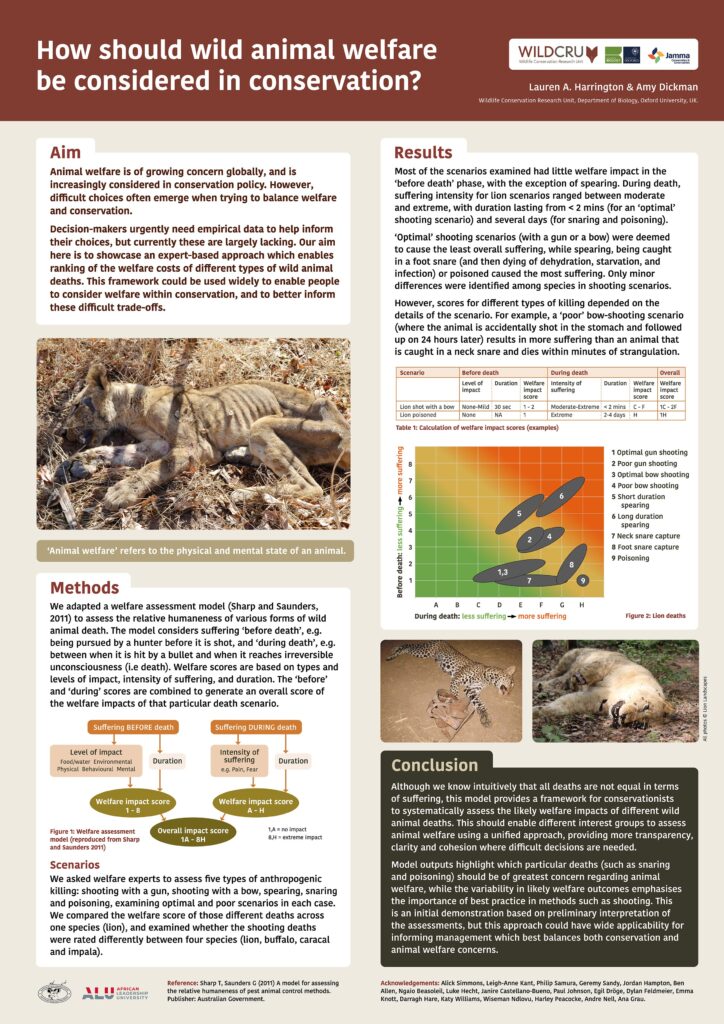
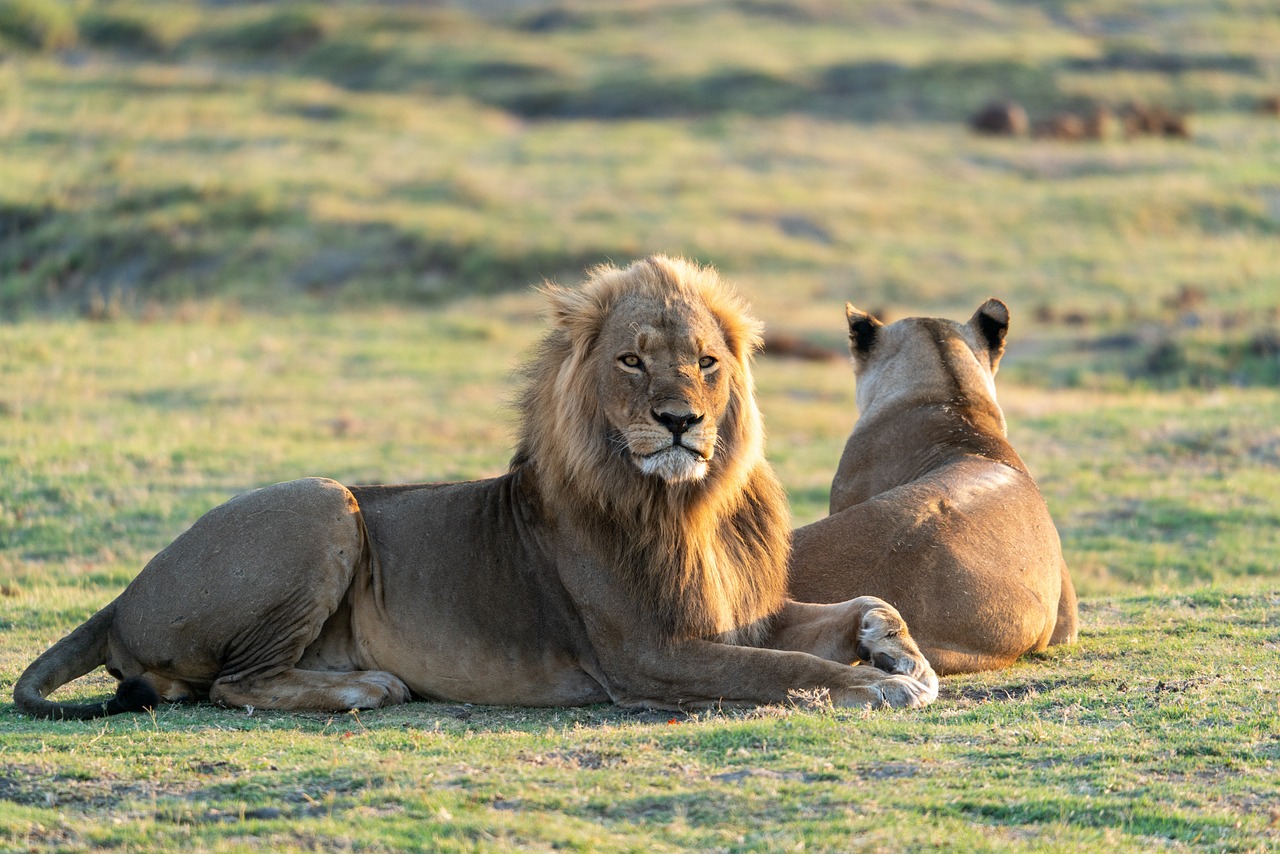
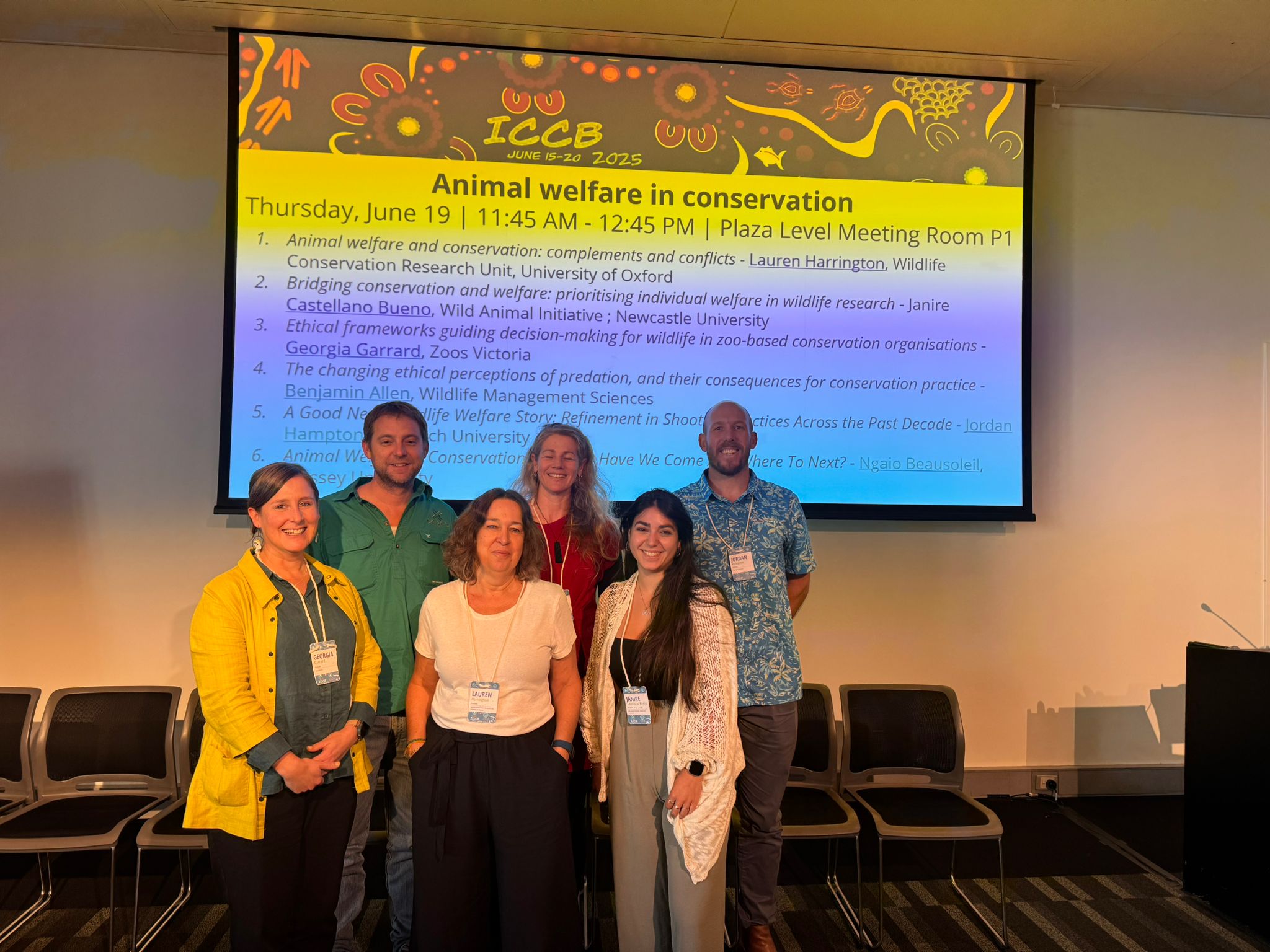
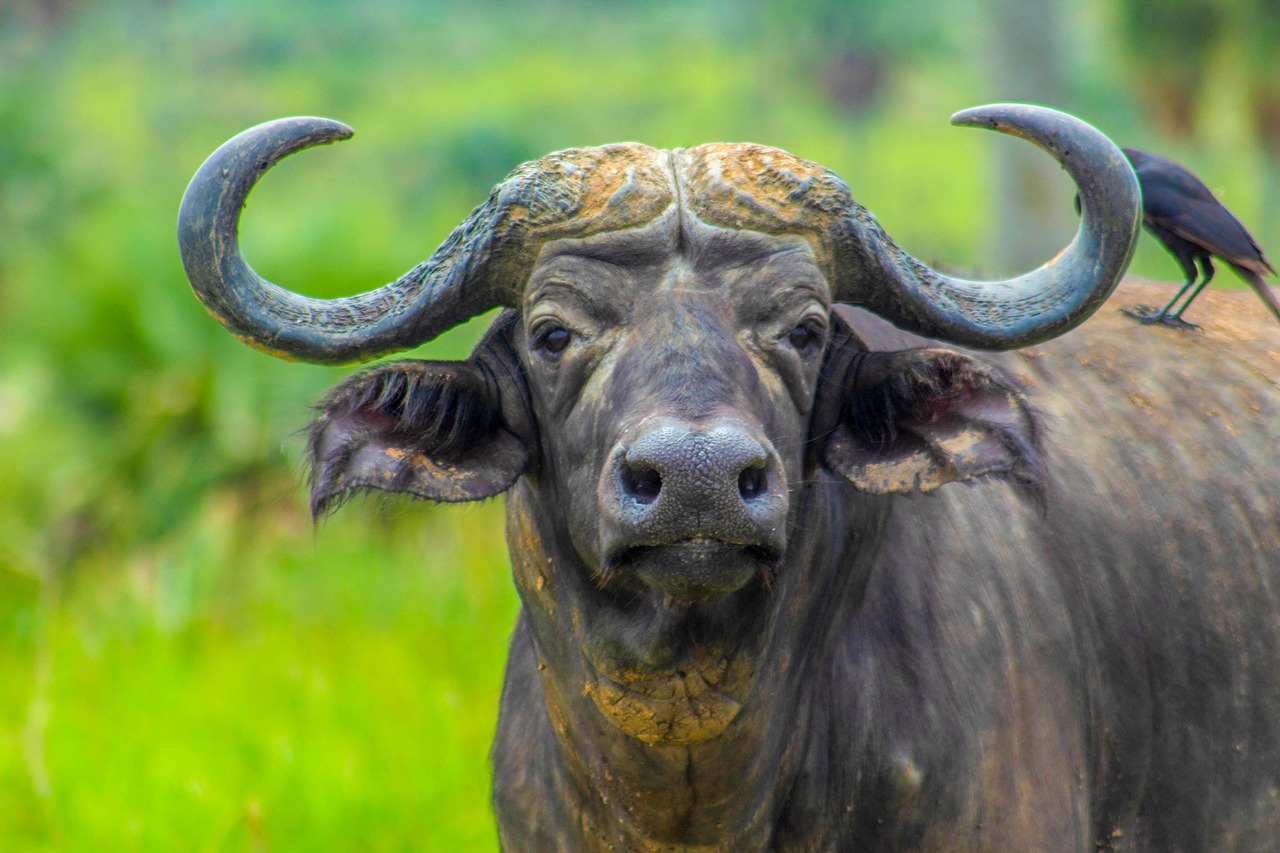
Animal welfare considerations in conservation translocations
One particular focus of our work is to increase awareness and consideration of animal welfare in conservation translocations. Conservation translocation (where wild and/or captive bred animals are moved to re-establish or reinforce wild populations) is an increasingly commonly used conservation tool. It is also one that exemplifies some of the tensions between animal welfare, animal rights, and conservation because it involves direct manipulation of, and sometimes considerable risk (and thus potential suffering), to the individual animals involved (although the ultimate aim is their successful establishment in the wild). Trade-offs are often required (e.g. more intensive post-release support can increase survival, but also dependence) and some scenarios (e.g. the need to feed live prey to captive-bred animals to support development of predatory skills) raise complex ethical dilemmas. We use systematic literature reviews, meta-analysis, questionnaire surveys of practitioners, and focus groups, to explore where there are gaps in current understanding, to identify some of the most challenging scenarios (with respect to animal welfare), and to encourage open honest discussions amongst practitioners and other stakeholders. Our aim is to improve conservation practice and to increase transparency in how animal welfare is integrated into and valued in conservation translocations.
PROJECT MEMBERS
The programme is led by Lauren Harrington (Senior Research Fellow), in collaboration with María Díez-León (Senior Lecturer in Animal Welfare) at the Royal Veterinary College, University of London (RVC).
The wild animal deaths project is co-led by Amy Dickman (WildCRU Director) and is a collaboration with Alick Simmons (former UK Government Deputy Chief Veterinary Officer, 2007-2015), and a team from the School of Wildlife Conservation (SOWC) at the African Leadership University (ALU) led by Sue Snyman (Research Director), with Leigh-Ann Kant (Research Assistant), Philip Samura and Geremy Sandy (project Graduate Research Assistants). WildCRU’s Darragh Hare and Paul Johnson are senior researchers collaborating on the project. Axel Moehrenschlager (Director of the Small Cats Program and Conservation Translocation, Panthera, and Chair of the IUCN SSC Conservation Translocation Specialist Group), collaborates on conservation translocations.
Affiliated students include Matthew Hodson (MBiol 2024-2025), working on “Using behavioural and physiological indicators to measure welfare and understand stress levels in American mink exposed to the scent of an interspecific competitor”.


